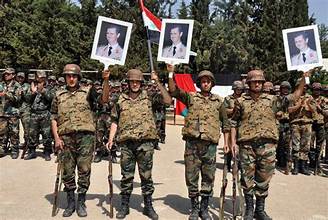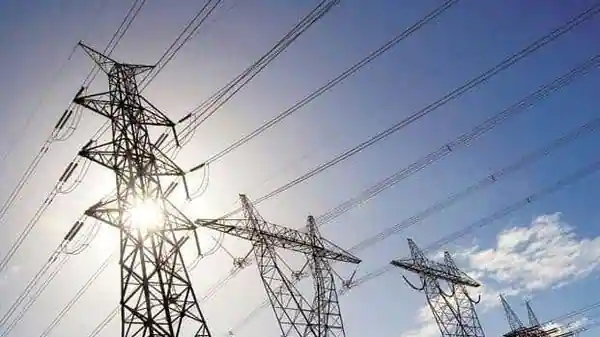
The 13-year civil war in Syria has entered a new chapter as Syrian rebels have toppled President Bashar al-Assad, marking the end of his regime. In a dramatic advance, fighters led by Hayat Tahrir al-Sham (HTS) swiftly captured key cities, including Damascus, with little resistance.
Rebel Groups Take Control
The rapid takeover has left Syria divided among various rebel factions. While HTS now controls major cities like Damascus, Aleppo, and Homs, the country remains a patchwork of territories governed by different groups, including Kurdish-led forces in the northeast. Clashes have already erupted between factions vying for control, particularly in northern areas like Manbij.
How Did the Rebels Advance?
The rebels began their offensive in the northwest, quickly seizing Aleppo before moving south. In less than two weeks, they overtook Hama, Homs, and finally the capital, Damascus. This swift advance caught many by surprise and effectively dismantled Assad’s regime.
International Dynamics
Syria’s strategic location on the Mediterranean Sea, bordering Turkey, Iraq, Jordan, Lebanon, and Israel, has drawn the involvement of global powers:
- Turkey and Western nations supported various opposition groups during the conflict.
- Hezbollah, backed by Iran, supported Assad’s regime but has weakened due to recent clashes with Israel.
- Israel has launched hundreds of airstrikes targeting military facilities in Syria, citing concerns over weapons falling into extremist hands.
Israel’s Role and Buffer Zone
Israel has reportedly carried out over 300 airstrikes, hitting key locations like Damascus, Aleppo, and Hama. The Golan Heights, a disputed region, has seen heightened military activity. Israel claims to have temporarily established a buffer zone in the region, citing the collapse of a disengagement agreement with Syria.
Northern Syria in Turmoil
In northern Syria, intense fighting continues between Turkish-backed forces and Kurdish-led rebels. The situation in cities like Manbij remains unclear, with both sides claiming control.
Russia’s Presence
Russia, a key ally of Assad, operates two major military bases in Syria:
- The Tartous naval base on the Mediterranean coast, crucial for Russia’s global naval operations.
- The Hmeimim air base, used for military deployments in Syria and beyond.
The new Syrian administration is expected to review Russia’s 49-year lease agreements for these bases.
Syria’s Uncertain Future
While the fall of Assad’s regime is celebrated by many, the country’s future is far from stable. Rival rebel groups and international influences make governance and unity a significant challenge.
Key Highlights:
- HTS-led rebels now control major cities.
- Assad’s fall ends decades of authoritarian rule.
- Northern Syria faces clashes between Kurdish and Turkish-backed forces.
- Israel and Russia continue to exert influence in the region.
- Governance remains uncertain amid factional rivalries.









